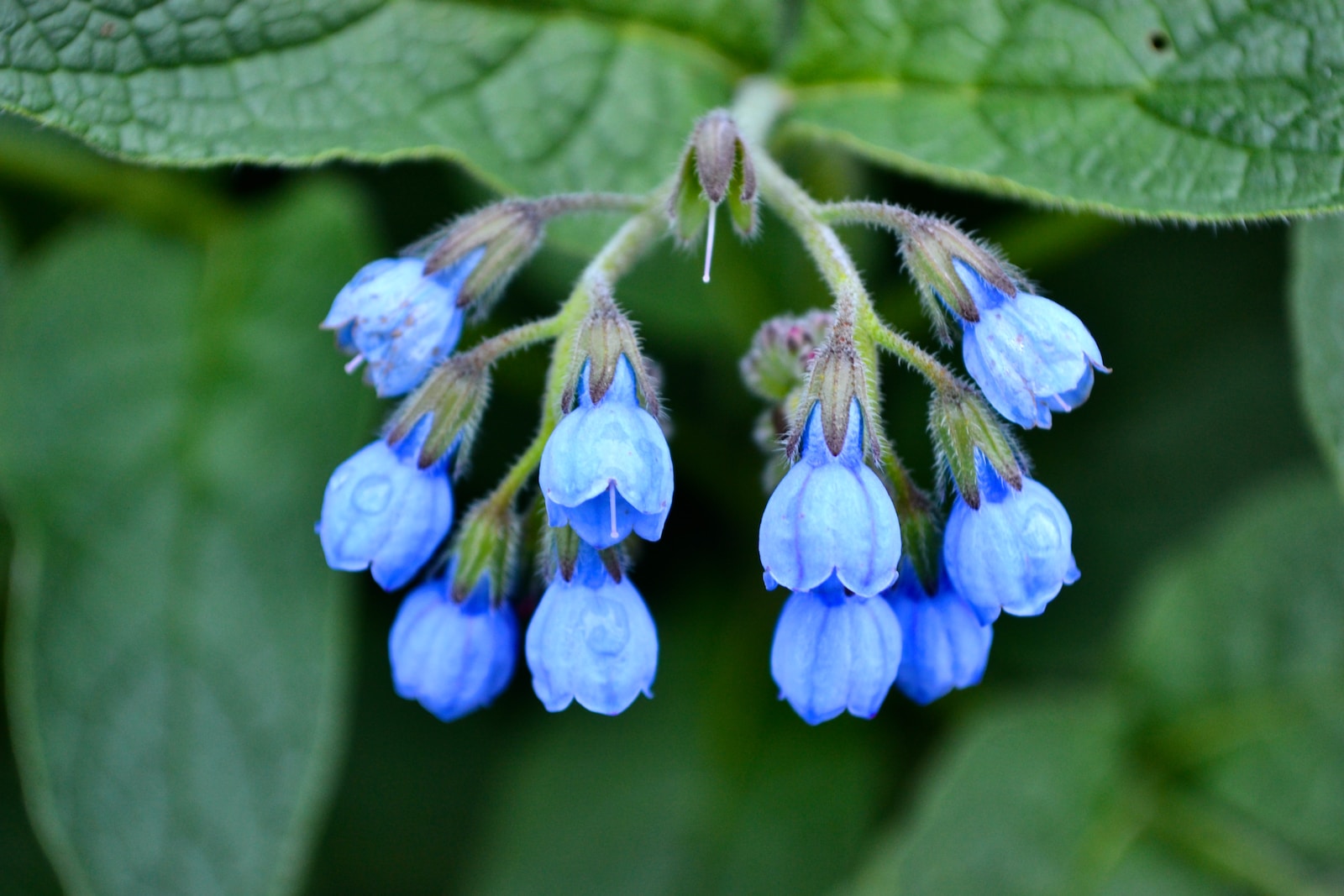Our backyards are often a source of joy, relaxation, and connection with nature. Beneath the surface of this natural haven, however, lies a treasure trove of plants that, when used appropriately, can have impressive benefits for our skin. Let’s delve deeper and discover some of these botanical wonders, reminding ourselves that sometimes, nature’s best offerings are just a few steps away from our back door.
1. Aloe Vera
It’s hard to begin any discussion about skin-beneficial plants without mentioning the wonder that is Aloe Vera. This succulent plant, with its gel-filled leaves, is renowned for its healing, moisturising, and anti-inflammatory properties. A sunburn’s worst enemy, Aloe Vera’s cooling effects can provide instant relief. Beyond burns, it’s great for soothing various other skin irritations. Its moisturising property ensures that the skin remains hydrated without leaving it greasy.
2. Chamomile
Chamomile, with its dainty white flowers, is often thought of as just a tea ingredient. Still, this plant has more to offer than just a calming drink. Chamomile possesses strong anti-inflammatory and antiseptic properties, making it ideal for treating skin issues like acne, eczema, and minor cuts. Moreover, its calming effect isn’t limited to just our insides. A chamomile rinse or compress can soothe irritated skin, reducing redness and swelling.
3. Lavender
Another popular tea ingredient, Lavender, isn’t just pleasing to the nose. When applied topically, Lavender oil (derived from lavender flowers) has antifungal properties and reduces inflammation. It’s an excellent option for treating fungal infections and soothing skin inflamed by acne or other irritants. Moreover, its scent is known for its calming effects, making it a favourite ingredient in many relaxation and stress-relief routines.
4. Calendula
Calendula, with its bright orange flowers, can be a delightful addition to any garden. More than its aesthetics, it plays a pivotal role in natural skincare. Known for its healing properties, Calendula-infused oils or creams can help with dry skin, chapped lips, and even minor burns. Its anti-inflammatory properties are perfect for reducing redness and puffiness, making it a must-have for anyone aiming for radiant, healthy skin.
5. Witch Hazel
Witch Hazel might sound like something straight out of a fairy tale, but its benefits are rooted deeply in reality. The extract from its bark and leaves acts as an astringent, helping tighten the skin and reduce the appearance of pores. Besides, it’s instrumental in calming down inflamed skin and can even help with conditions like eczema.
6. Yarrow
The somewhat lesser-known Yarrow plant has feather-like leaves and tiny flowers, often white or pink. Yarrow extract has been used for ages for its ability to heal wounds and minor cuts. Its astringent property helps in toning the skin and shrinking pores. Additionally, its anti-inflammatory properties make it a strong contender for treating skin irritations and redness.
7. Plantain (Not the Banana!)
When you hear the word ‘Plantain’, your mind might drift to the banana-like fruit. However, the Plantain we’re discussing here is the green, leafy plant often seen growing wild and in gardens. While it’s often classified as a weed, this plant holds incredible skin healing properties. Packed with anti-inflammatory and antiseptic agents, Plantain is effective in treating insect bites, cuts, and various skin infections. A simple poultice of its leaves can be used to pull out toxins from a bee sting or calm the itching from a mosquito bite.
8. Rosemary
Often found in kitchen gardens for its culinary attributes, Rosemary has more to offer than just flavour. This aromatic herb, when applied topically, can improve circulation and has mild antiseptic properties. A rinse made from rosemary leaves can provide shine to the hair and soothe the scalp, while its antioxidants have a rejuvenating effect on the skin.
9. Comfrey
Comfrey, with its bell-shaped flowers and hairy leaves, has long been utilised in traditional medicine for wound healing. Its key compound, allantoin, accelerates skin cell regeneration, promoting faster healing of bruises, sprains, and other minor injuries. While Comfrey can be incredibly beneficial, it’s important to note that it should be used externally only, as internal consumption can be harmful.
10. Mint
This widely recognised backyard plant, known for its fresh and invigorating scent, is not just for your mojitos. Mint has a cooling effect, which can soothe irritated or inflamed skin. It’s especially effective for sunburns or overheated skin. Plus, its antiseptic and anti-pruritic properties make it effective against acne and itching.

In the era where commercial skincare products are loaded with chemicals and often command a high price, it’s empowering to know that many of our skincare needs can be addressed by the plants growing right in our backyard. However, while these plants offer numerous benefits, it’s essential to approach them with knowledge. Before applying any new plant or extract to your skin, it’s recommended to conduct a patch test to ensure no allergic reactions.
So, the next time you’re in your backyard or planning a garden, remember that these green companions can offer not only beauty to your surroundings but also to your skin. Embracing the natural wonders of our immediate environment can sometimes prove more beneficial than the most expensive skincare products on the shelf.



